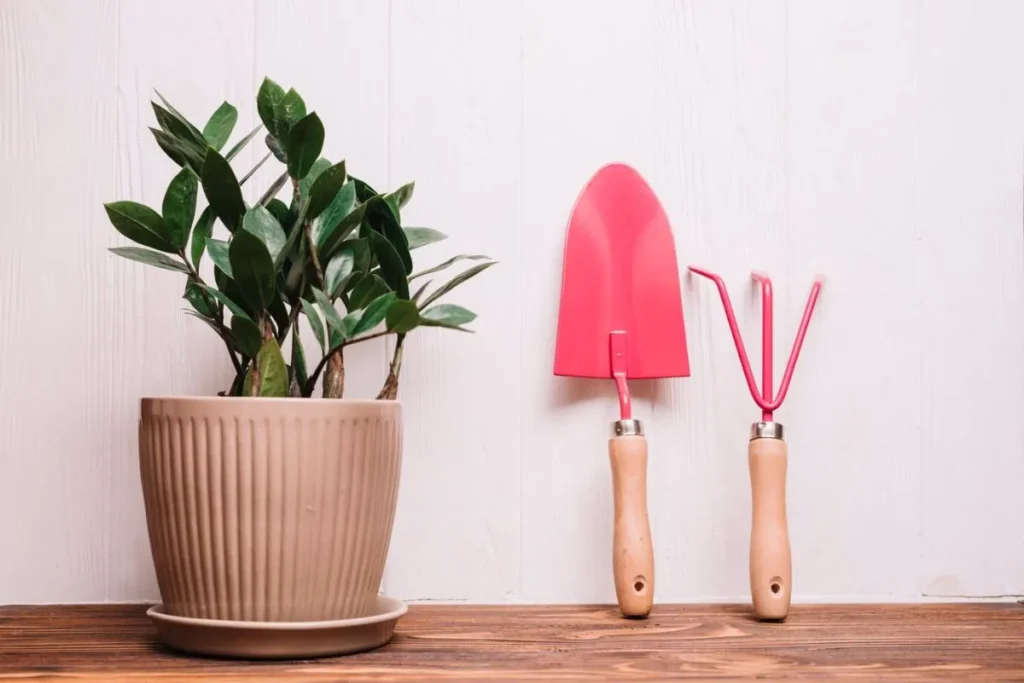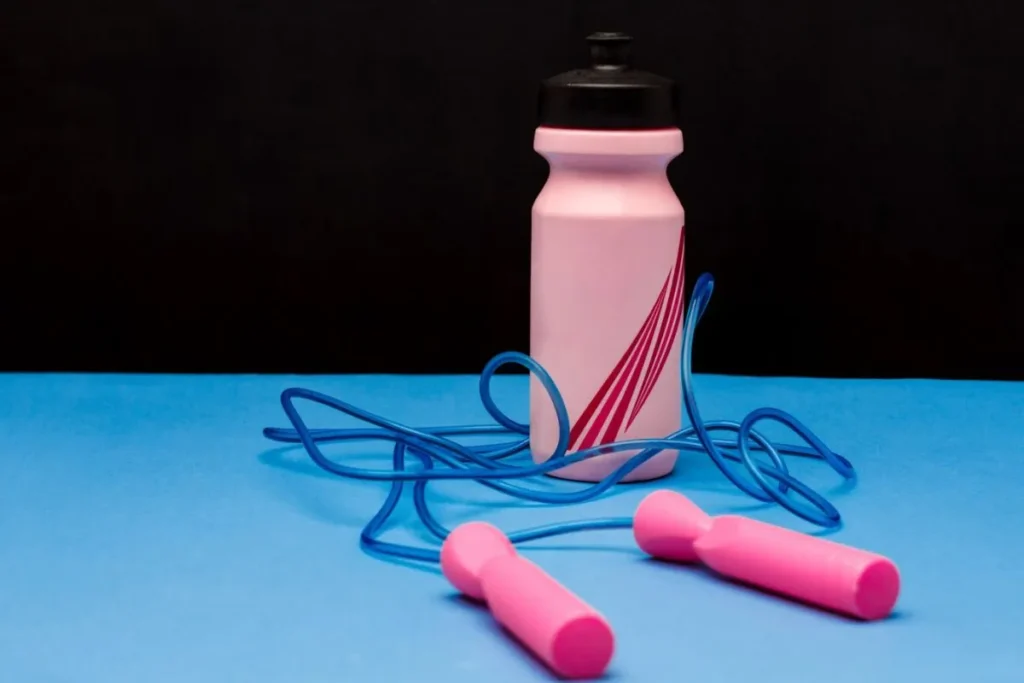Personalizing 3D Printed Phone Cases has revolutionized the way we protect and accessorize our smartphones. With advancements in 3D printing technology, customization options have become more accessible and diverse.
This article explores the best practices for creating unique cell phone cases using 3D printing. Whether you’re a design enthusiast or a tech-savvy individual, these tips will help you produce a phone case that reflects your personality.
We’ll delve into different aspects of designing, printing, and enhancing phone cases. Get ready to unlock your creativity and offer superior protection to your device.
Choosing the Right Design
The foundation of personalizing 3D printed phone cases begins with the design. It’s important to select a design that not only matches your aesthetic preferences but also ensures functionality.
Understanding Your Preferences
First, determine what kind of designs appeal to you. Consider elements such as colors, patterns, and themes. Do you prefer minimalist designs, or do you lean towards something more vibrant and intricate?
Make a list of your favorite designs. This will serve as a guiding template during the customization process. Take inspiration from different sources, including nature, art, and popular culture.
Ensuring Functionality
While aesthetics are important, the functionality of the phone case should not be overlooked. Ensure that the design does not obstruct any ports, buttons, or the camera.
Test different designs in a virtual environment before printing. Many 3D modeling software allows for functional testing, helping you avoid design flaws.
Strike a balance between creativity and practicality. A well-designed phone case should enhance both usability and protection.
Selecting the Right 3D Printing Material
The choice of material significantly impacts the durability and feel of your phone case. Various materials offer different levels of protection, flexibility, and finish.
Common Materials
Here are some common materials used in 3D printing phone cases:
- PLA (Polylactic Acid): Easy to print, biodegradable, but less durable.
- ABS (Acrylonitrile Butadiene Styrene): More durable, but requires higher printing temperatures.
- TPU (Thermoplastic Polyurethane): Flexible and great for impact resistance.
Choosing Based on Your Needs
Select PLA for eco-friendly and simplistic designs. Opt for ABS if you need a tougher case with better heat resistance. TPU is ideal for those who want a flexible, shock-absorbent case.
Consider mixing materials. Some advanced designs integrate multiple materials to combine flexibility with sturdiness.
Testing and Iteration
Each material has its unique properties. Test print prototypes using different materials to see which one meets your expectations.
Iterate your design and adjust based on the outcomes. This process ensures that the final product aligns with your durability and aesthetic requirements.
Mastering 3D Printing Techniques
Once you’ve finalized the design and material, the next step is mastering the printing process. Proper settings and calibration play a crucial role in the quality of the final product.
Printer Settings
Adjust printer settings according to the material you’re using. Important settings include temperature, layer height, and print speed.
Consult material-specific guidelines for optimal settings. Many manufacturers provide detailed recommendations for their filaments.
Post-Processing
After printing, post-processing can enhance the finish of your phone case. Techniques include sanding, painting, and applying protective coatings.
Sanding helps in removing any print lines and imperfections, giving the case a smoother finish. Choose an appropriate grit size for your sandpaper based on your material.
Adding Personal Touches
Customize your case further by adding text, graphics, or additional accessories. Use UV printing or vinyl stickers for vibrant and durable customization.
Get creative with unique embossing or engraving. These techniques allow for intricate designs and personal messages to be added to your case.
Leveraging Creativity and Innovation
Personalizing 3D printed phone cases allows you to explore limitless creativity. Innovation in design and techniques can set your phone case apart from the rest.
Exploring New Designs
Stay updated with current design trends. Experiment with geometric patterns, abstract art, and natural textures.
Incorporate functional elements such as card holders, stands, and grips. These added features enhance the utility of your phone case.
Using Advanced Techniques
Explore multi-material printing to combine aesthetics with functionality. Use dual-extrusion printers for intricate designs involving multiple materials.
Experiment with new filaments such as carbon fiber, wood, or metal-infused plastics. These materials offer unique textures and superior strength.
Community Inspiration
Join 3D printing communities and forums. These platforms offer a wealth of knowledge, inspiration, and support from fellow enthusiasts.
Share your designs and receive feedback. Engaging with the community keeps your skills sharp and opens doors for collaboration.
Ensuring Maximum Protection
One of the primary functions of a phone case is to protect the device. While customizing, don’t compromise on the protective aspect of your design.
Shock Absorption
Design your case to absorb shocks effectively. Air cushion technology in corners can help dissipate impact forces.
Consider integrating flexible materials in high-impact areas. TPU is particularly effective in absorbing shocks and preventing damage.
Screen and Camera Protection
Ensure your design includes raised edges around the screen and camera. This prevents direct contact with surfaces, reducing the risk of scratches.
Integrate a lip or bezel around the edges. This design feature enhances protection without compromising accessibility.
Heat Dissipation
Modern smartphones generate considerable heat. Design your case with vents or channels for effective heat dissipation.
Use materials that aid in thermal management. ABS, for instance, has a higher heat resistance compared to PLA.
Harnessing Modern Technology
With advancements in 3D printing technology, achieving professional-grade phone cases is within reach. Utilize modern tools and software to optimize your designs.
3D Modeling Software
Leverage advanced 3D modeling software such as Blender, Tinkercad, or Fusion 360. These tools offer extensive customization options.
Use parametric design capabilities to create precise and adaptable models. This approach streamlines the customization process.
Simulation Tools
Utilize simulation tools to test your designs. Simulate stress tests, heat distribution, and material performance before printing.
These tools help identify potential flaws and optimize your design, ensuring a superior final product.
Quality Control
Implement quality control measures during the printing process. Regularly calibrate your printer and monitor for any inconsistencies.
Inspect the printed product for defects. Address any issues promptly to maintain high standards.
Reflecting On Your Custom Creation
After following these steps, you’ll have a personalized 3D printed phone case that stands out. This case will not only offer protection but also showcase your creativity.
Remember, the journey doesn’t end here. Continue to innovate and refine your techniques. The world of 3D printing customization is vast and ever-evolving.
Feel free to share your creations and inspire others. Encourage community engagement and collaboration for continuous growth.
Ready to start your next project? Dive into the world of 3D printing and explore endless possibilities. Share your journey with us and join the community of innovative creators.
Frequently Asked Questions
What software is best for designing 3D printed phone cases?
Software like Blender, Tinkercad, and Fusion 360 offer extensive customization options for designing 3D printed phone cases.
Can I use multiple materials in one phone case?
Yes, multi-material printing is possible using dual-extrusion printers, combining materials for both aesthetics and functionality.
Which material offers the best protection?
TPU is excellent for shock absorption, while ABS provides durability and heat resistance. Combining materials can offer superior protection.
How can I ensure my design doesn’t obstruct phone functions?
Test your design in 3D modeling software to ensure it doesn’t block ports, buttons, or cameras. Prioritize functionality alongside aesthetics.
Where can I find inspiration for phone case designs?
Join 3D printing communities, explore design forums, and draw inspiration from nature, art, and popular culture.



